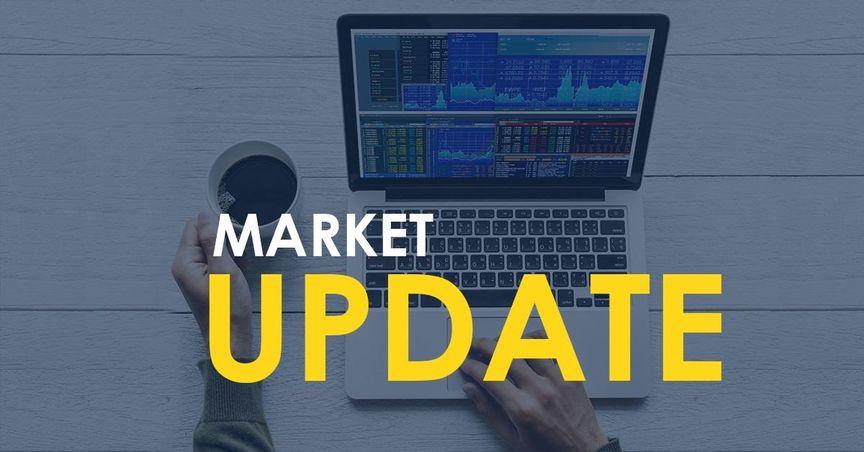Highlights
- Australian cattle prices reach highest levels since early 2023
- Trade tensions between US and China boost export demand
- Rainfall revives herd rebuilding across key regions
Australian cattle prices have surged to their highest point in over two years, driven by improved weather conditions and a shift in global trade dynamics. The Eastern States Young Cattle Indicator has jumped to $7.12 per kilogram, marking a significant recovery from the late 2023 low of $3.49. This rebound reflects renewed demand from both domestic buyers and international markets, particularly in Asia.
Recent rainfall across Queensland and New South Wales has revitalised pastures, encouraging producers to rebuild their herds. The improvement in grazing conditions has attracted renewed activity across the cattle supply chain — from feedlots and graziers to processors — driving prices higher. The uplift in steer prices is particularly noticeable, fuelled by optimism among farmers.
On the global front, escalating trade tensions between the US and China are shifting beef demand. China’s decision to increase tariffs on American beef to 125% has created an opening for Australian exporters. In response, the US applied a 145% levy on Chinese imports, escalating the dispute further. While Australia was not left untouched — with a 10% US tariff also in place — the country's position as a stable, disease-free supplier has proven advantageous.
Despite geopolitical challenges, demand remains robust. The US cattle herd has dropped to a 60-year low, underlining the country's reliance on imports, including Australian beef. Beef remains Australia’s top export to the US, representing around 15% of total shipments — double the value of gold.
There’s also a revival in Chinese interest. As US beef becomes less economically viable due to tariffs, Australian beef is regaining traction. Port Stephens-based Macka’s Pastoral, managed by cattle farmer Robert Mackenzie, is preparing its first beef shipment to China since 2019. His comments reflect broader industry sentiment: the reputation of Australian beef as "fresh, green and clean" is supporting its global competitiveness.
The renewed momentum comes as a potential positive signal for investors focused on agricultural exposure and ASX dividend stocks. Several agribusinesses listed on the ASX200 could benefit from this upturn in pricing and export growth.
Companies such as Australian Agricultural Company (ASX:AAC) stand to benefit from higher beef prices and stronger export demand. Similarly, Elders Limited (ASX:ELD), which supports rural services and livestock transactions, may see upside from increased activity in cattle markets.
While retail prices for beef cuts such as rump steak remain stable — with Coles (ASX:COL) and Woolworths (ASX:WOW) keeping prices relatively flat — the broader industry optimism signals potential stability for producers and agribusiness operators alike.
Looking ahead, market watchers remain cautious due to the unpredictability of global trade policies, particularly between Washington and Beijing. But with rainfall improving local conditions and international demand firming, Australia’s beef industry is finding solid ground again.



